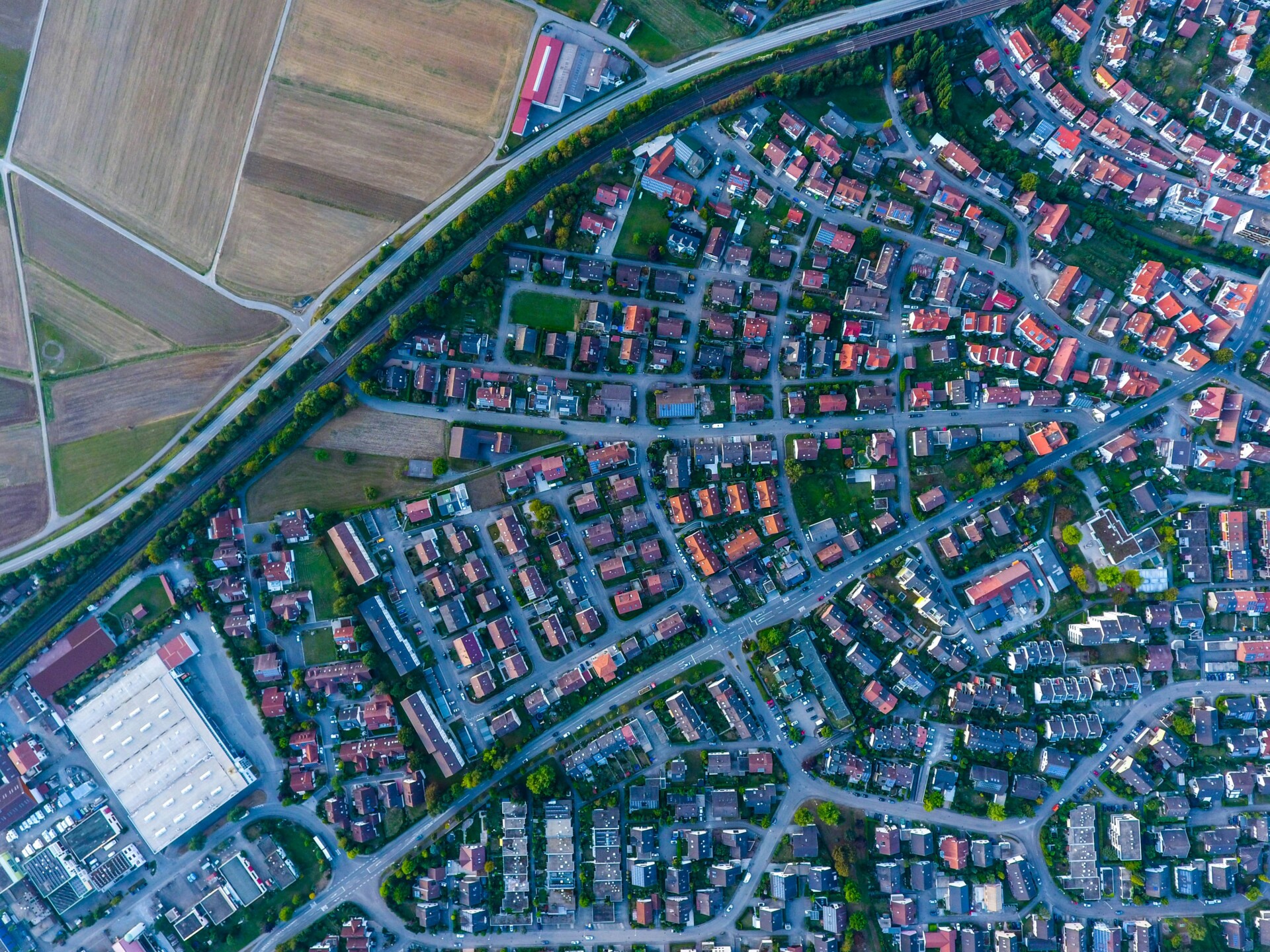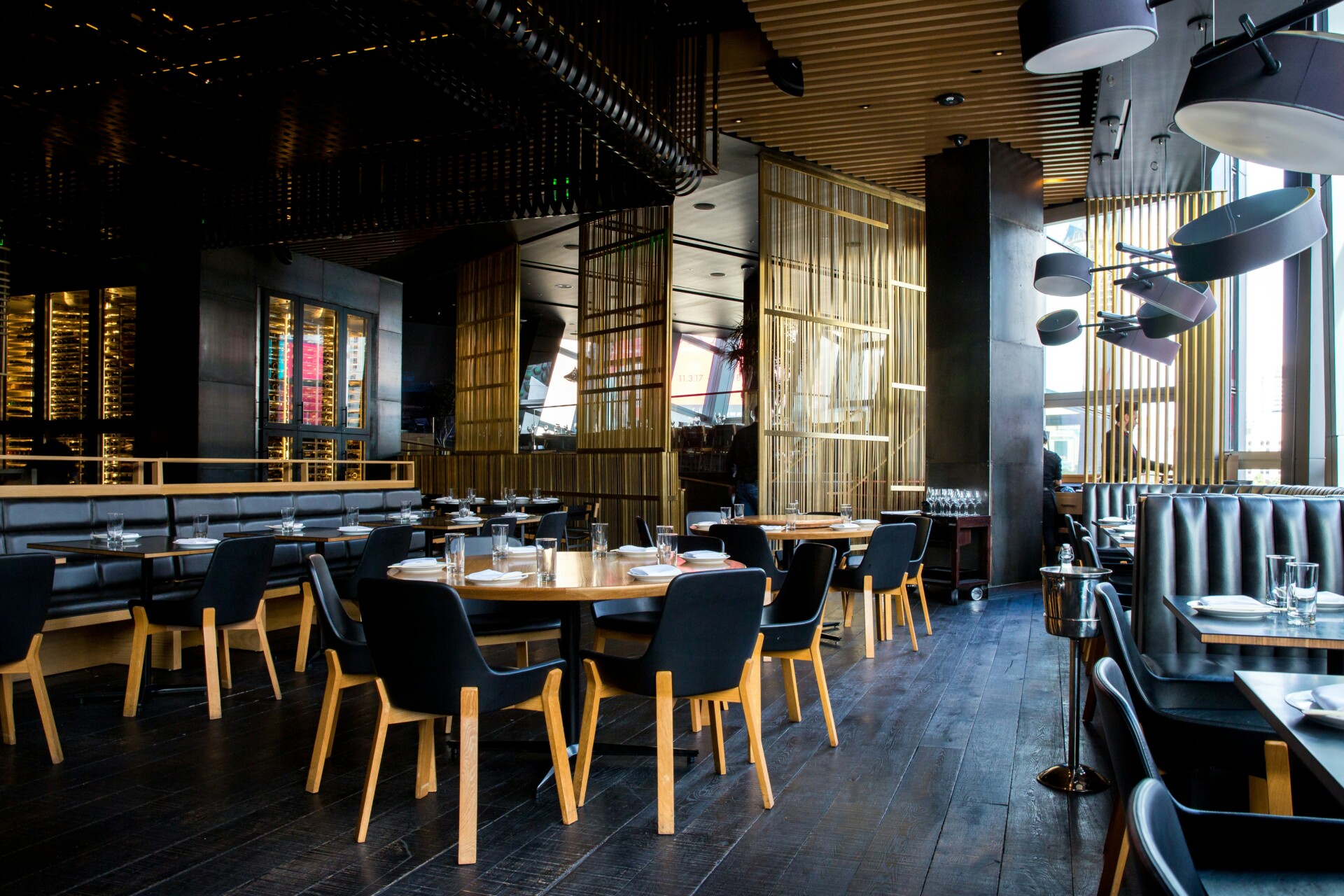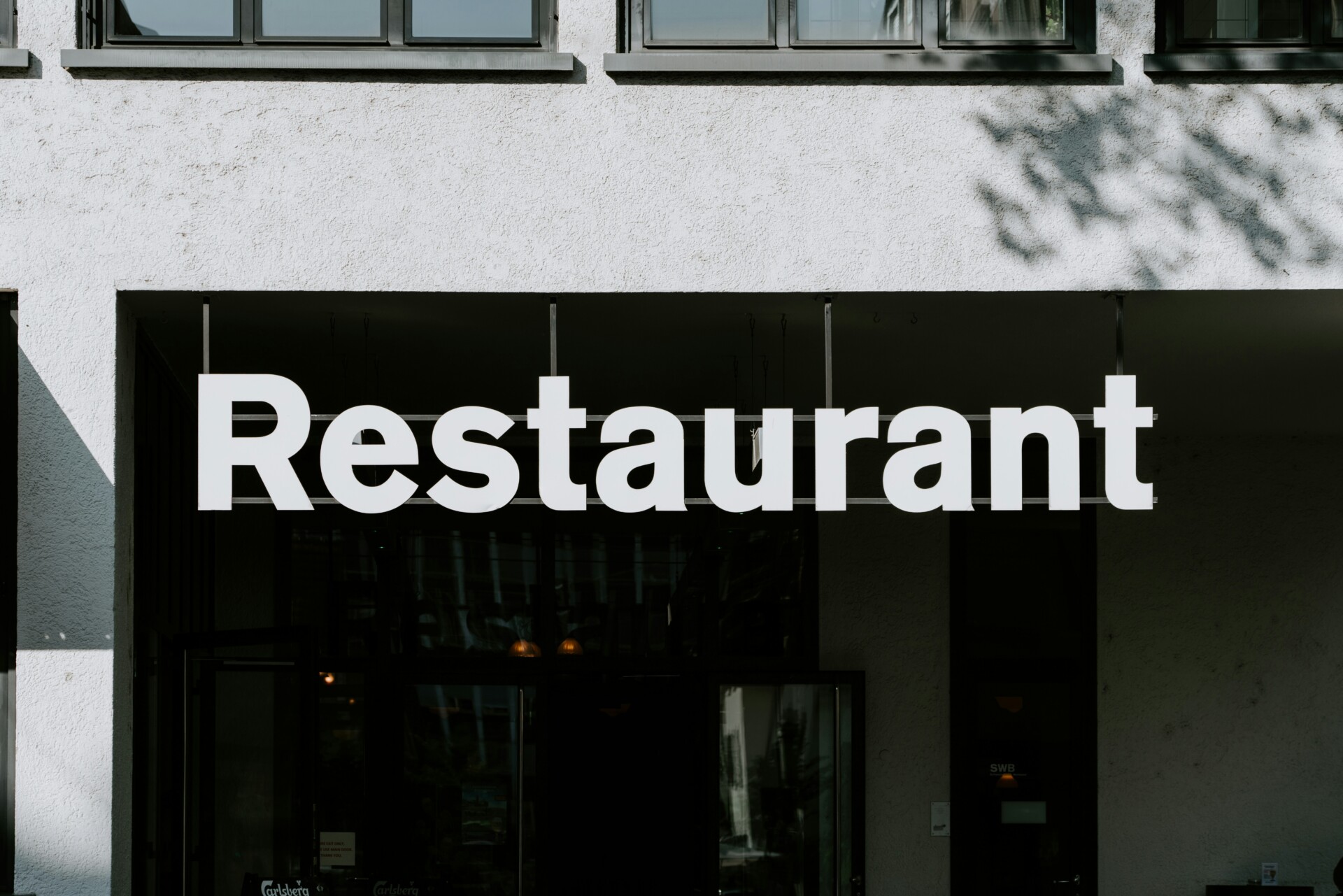At EB3 Construction, we’ve helped countless restaurant owners bring their visions to life—and if there’s one early step we emphasize more than any other, it’s zoning analysis.
Before a lease is signed or a design is drafted, it’s critical to confirm that the location you’re eyeing is actually zoned for restaurant use. Overlooking this step can lead to costly setbacks or, worse, a complete halt to your project before it begins.
We guide clients through the zoning process to avoid those headaches. In this article, we’ll break down the essentials of restaurant zoning analysis—from understanding local ordinances to navigating permit approvals and avoiding common roadblocks.
What Is a Zoning Analysis for a New Restaurant?

When planning a new restaurant, location is critical. However, before you sign a lease, there’s a crucial step many restaurateurs overlook: the zoning analysis. This essential process can determine your restaurant’s future success even before you open your doors.
A zoning analysis examines whether your desired restaurant site complies with local zoning ordinances, which vary across different parts of a city or town. For restaurant entrepreneurs, this analysis acts as an early warning system, helping identify potential regulatory obstacles that could derail your plans.
Why is this so important? Simply put, zoning laws determine whether you can legally operate a restaurant at your chosen location. Imagine investing thousands in kitchen equipment and renovations, only to discover your site isn’t zoned for food service. A proper zoning analysis helps you avoid this nightmare scenario.
By conducting a thorough zoning analysis, you’ll gain insights into:
- Whether the property is zoned for commercial use
- Any specific restrictions on restaurants in that area
- Parking requirements you’ll need to meet
- Limits on operating hours or outdoor seating
- Potential issues with alcohol service, if that’s part of your plan
Think of a zoning analysis as establishing the legal foundation for your restaurant. It ensures your business plan is built on solid ground before you invest significant time and money. While it may seem like an extra step, this analysis can save you from costly surprises and legal headaches down the road.
As you embark on your restaurant journey, remember: a successful business starts with understanding the rules of the game. A zoning analysis is your first move in making your culinary dreams a delicious reality.
How Do Municipal Zoning Laws Affect Restaurant Locations?
Municipal zoning laws play a crucial role in determining where restaurants can legally operate within a city. These laws establish specific districts and boundaries that regulate land use, including commercial activities like restaurants. Understanding zoning regulations is essential for restaurant owners and developers, as they directly impact site selection and operational feasibility.
Zoning laws divide cities into distinct zones or districts, each with its own set of permitted uses. Restaurants typically fall under commercial zoning categories, but the specifics can vary significantly from one municipality to another. Key ways zoning affects restaurant locations include:
Permitted Use Designations
Not all zones accommodate restaurants, so it’s critical to verify that food service establishments are permitted in your desired location. Some areas may be zoned exclusively for residential or industrial use, prohibiting restaurants. In contrast, mixed-use zones often encourage a blend of residential and commercial activities, potentially creating favorable conditions for restaurants.
Commercial District Classifications
Within commercial zones, further distinctions may affect restaurants. For example:
- Neighborhood commercial districts may favor small, locally-oriented eateries.
- Downtown business districts might allow for larger restaurants and entertainment venues.
- Highway commercial zones could be more suitable for fast food and drive-through establishments.
‘Bulk Standards’ and Other Restrictions
Even in zones where restaurants are permitted, zoning laws often impose additional regulations known as ‘bulk standards.’ These can include:
- Building setbacks from property lines
- Parking requirements based on seating capacity
- Loading space allocations for deliveries
- Restrictions on lighting to minimize impact on neighboring properties
- Signage limitations to maintain the area’s aesthetic character
These standards can significantly impact a restaurant’s design, capacity, and operational logistics. For instance, parking requirements might limit the size of your dining room, or setback rules could restrict patio seating options.
Special Considerations
Some cities have enacted specific zoning ordinances that directly target restaurants, particularly in response to community concerns or as part of broader urban planning initiatives. Examples include:
- Restrictions on fast food restaurant density in certain neighborhoods
- Minimum distance requirements between restaurants and schools or residential areas
- Bans on drive-through services in pedestrian-oriented districts
Zoning laws are not static; they evolve with a city’s master development plan and can be subject to amendments or variances. Engaging with local planning departments early in the site selection process can provide valuable insights into current regulations and potential future changes.
While zoning laws can present challenges for restaurant development, they also help create cohesive urban environments and protect community interests. By thoroughly researching local zoning ordinances and working closely with municipal authorities, restaurant entrepreneurs can navigate these regulations effectively and find suitable locations for their businesses.
What Steps Should You Take for a Restaurant Zoning Analysis?
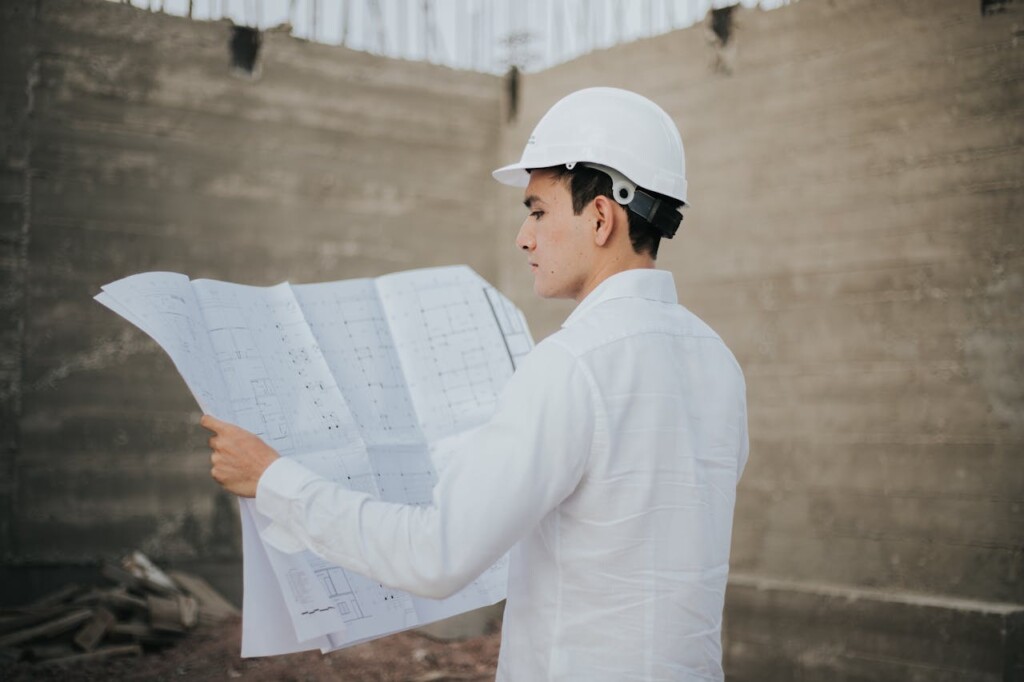
When choosing a location for your restaurant, conducting a thorough zoning analysis is crucial to ensure compliance and avoid potential issues in the future. At EB3 Construction, we recommend taking the following key steps:
- Determine which zoning laws apply to your desired location. Zoning regulations can vary significantly between jurisdictions, so identifying which authority governs your site is an essential starting point.
- Research the specific zoning code for the property. Many cities and counties offer online zoning maps and code databases, but you may need to contact the local planning department directly for the most up-to-date information. Be sure to review any overlay districts or special designations that may impact restaurant uses.
- Consult with municipal planning staff to confirm if restaurants are permitted in your desired zone. Even if food service appears to be allowed, there may be additional restrictions on hours of operation, outdoor seating, alcohol service, or other factors relevant to your concept.
- Inquire about liquor license regulations and availability in the area. Don’t assume that just because restaurants are allowed, alcohol service will automatically be permitted. Many jurisdictions have strict quotas or moratoriums on new liquor licenses.
- Connect with local officials like city councilors or aldermen to understand upcoming developments or changes that could affect your restaurant. They may be aware of proposed zoning amendments, infrastructure projects, or economic development initiatives that could impact the viability of your location.
By thoroughly researching zoning considerations upfront, we can help ensure your restaurant has the proper approvals in place before investing significant time and resources in design and construction. Our team has extensive experience navigating zoning complexities for restaurant projects and can guide you through this critical process.
How to Navigate Zoning Permits and Approvals?
Securing proper zoning permits and approvals is a critical step in establishing a new restaurant. As general contractors, we work closely with property owners and developers to navigate this complex process. Our experience has taught us that understanding local requirements and planning ahead are key to avoiding costly delays.
Most municipalities require a zoning permit or business license application to confirm that your intended restaurant use is permitted in the designated zone. These applications typically involve submitting detailed information about the proposed operations, including:
- Property surveys and site plans
- Floor layout details
- Descriptions of food and beverage service
- Parking provisions
- Hours of operation
We often find that zoning requirements can vary significantly. Our team works to compile comprehensive submissions that anticipate follow-up questions, which can help expedite approvals.
In cases where plans don’t align with existing zoning, we may need to pursue variance relief through the local planning and zoning board. This process is typically intensive and potentially involves:
- Hiring engineers or architects to prepare detailed site plans
- Attending formal public hearings to present the case
- Negotiating with municipal officials
Variance applications add time and cost to the permitting process. We’ve seen a variance approval take 3–6 months and add $10,000 to $55,000 to the project budget. Understanding these potential impacts allows us to build realistic timelines and budgets.
Beyond zoning approval, restaurants often require additional permits, like a certificate of occupancy or a change of use permit. We coordinate closely with local building departments to identify all necessary approvals upfront. This allows us to pursue permits concurrently when possible, compressing the overall timeline.
Navigating zoning and permitting can be complex, but proactive planning is key. We recommend starting the process as early as possible, as soon as a location is identified. Our team can assess zoning compatibility and permit needs during initial site evaluations. This allows for a comprehensive permitting strategy and timeline aligned with overall project goals.
| Step | Timeline | Duration |
| Preliminary Research and Zoning Analysis | Before Lease Signing | Varies |
| Permit Application Submission | After Securing Location | 1-3 Months |
| Permit Review and Approval | After Submission | 1-6 Months |
| Construction and Renovations | Post-Approval | 2-6 Months |
| Final Inspections and Business Licensing | Before Opening | 1-2 Months |
While the process can be challenging, securing proper zoning and permits creates a strong foundation for a successful restaurant launch. Our experienced team guides clients through each step, anticipating potential issues and developing strategies to keep projects on track. With the right approach, we can navigate approvals efficiently and set restaurants up for long-term success.
Common Zoning Challenges for New Restaurants and How to Address Them
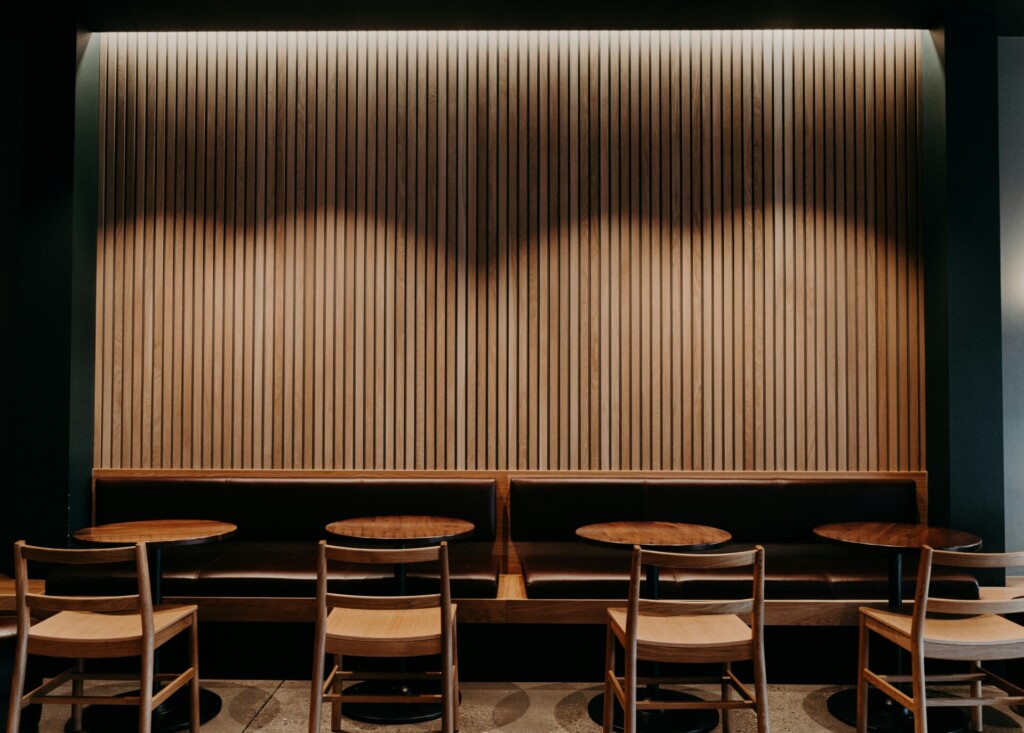
As general contractors specializing in restaurant construction, we frequently see new restaurant owners encounter zoning challenges that can delay or derail their plans. Understanding and proactively addressing these common issues is crucial for a smooth development process.
Parking requirements often pose significant obstacles for restaurants. Local zoning codes typically mandate more parking spaces for restaurants in comparison to other businesses, due to higher customer turnover. We work to evaluate parking needs early in the site selection process and explore creative solutions like shared parking agreements with neighboring properties when possible.
Building design restrictions can limit a restaurant’s ability to create its desired aesthetic or functional layout. Height limits, setback requirements, and facade regulations may conflict with an owner’s vision. Our team analyzes zoning codes carefully and collaborates with architects to develop designs that balance creative concepts with regulatory compliance.
Noise and operating hour regulations frequently impact restaurant business models, especially for establishments planning late hours or live entertainment. We help owners understand decibel limits, required sound mitigation measures, and time restrictions in their zone. Installing proper sound insulation and strategically locating noisy equipment are ways we address potential issues proactively.
Addressing these zoning challenges requires professional guidance. We coordinate closely with land use attorneys and zoning consultants who understand local regulations and can develop effective strategies. This may involve applying for variances, special use permits, or finding alternative locations that better suit the restaurant concept. Our goal is to tackle zoning hurdles efficiently so restaurant owners can focus on bringing their culinary vision to life.
| Challenge | Description | Solution |
|---|---|---|
| Permitting Delays and Zoning Issues | One of the biggest hurdles is obtaining the necessary permits and ensuring compliance with zoning regulations. | Streamline the permitting process by proactively identifying potential zoning conflicts and resolving them early. |
| Poor Kitchen Layout | A well-designed kitchen is critical. Poor layout can lead to inefficiencies. | Work with chefs and consultants to design a highly functional layout optimizing workflow. |
| Underestimating HVAC Needs | Insufficient HVAC systems can lead to poor indoor air quality and discomfort. | Design HVAC systems tailored to the restaurant’s size and needs for optimal air circulation. |
| Choosing Wrong Materials | Interiors must balance aesthetics with durability. | Select high-quality, restaurant-grade materials that are easy to clean and durable. |
| Budget Overruns | Unexpected costs due to design changes or unforeseen issues. | Provide accurate pre-construction estimates and identify potential overruns early. |
| ADA Compliance Issues | Failure to meet ADA requirements can lead to legal issues. | Design spaces to be accessible, ensuring ADA guidelines are met from the start. |
| Construction Delays | Caused by miscommunication or supply chain disruptions. | Implement a detailed project schedule and maintain regular progress updates. |
By taking a proactive approach and leveraging professional expertise, we help restaurant owners navigate zoning obstacles and position their new businesses for success. Our team at EB3 Construction is committed to guiding clients through every facet of restaurant development, from initial planning through final inspections.
Conclusion: The Role of Proper Zoning Analysis in Restaurant Success

A comprehensive zoning analysis forms the foundation of a successful restaurant venture. We have learned that thoroughly understanding zoning regulations before committing to a location can help restaurant entrepreneurs avoid costly surprises, delays, and potential legal issues. Although it may seem tedious, this due diligence during the early planning stages is crucial for ensuring a smooth process.
We recommend seeking professional guidance from zoning attorneys or consultants as a worthwhile investment. Their expertise can save significant time and money compared to navigating complex regulations alone. Professional guidance also increases the chances of opening a location that truly aligns with your restaurant concept.
Proper zoning analysis and compliance planning set the stage for a successful launch and operation. By doing this legwork upfront, restaurant owners can move forward with confidence, knowing their chosen site meets all necessary regulations. This diligence pays off through smoother openings and long-term viability in a well-suited location.
While zoning may not be the most exciting part of opening a restaurant, it is a critical foundation. We encourage all aspiring restaurateurs to prioritize this step. With the right preparation and professional support, you’ll be well-positioned to bring your culinary vision to life in a thriving location.
To learn more about navigating zoning and permits for your restaurant project, contact EB3 Construction for a consultation with our experienced team.

